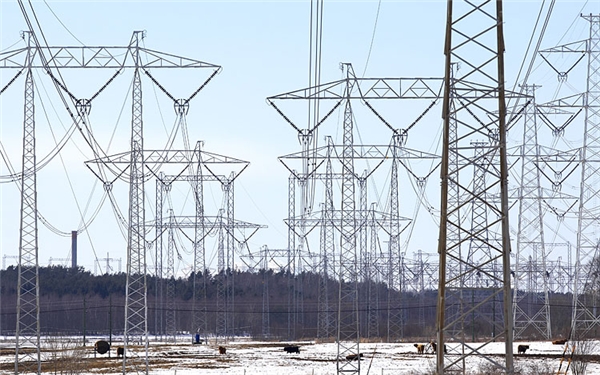Electricity demand is forecast to grow by around 3 percent in 2021, led by growth in China, India and other emerging economies, according to a new report by the International Energy Agency (IEA).
There will be a 2 percent decline in electricity demand in 2020 due to the Covid-19 crisis, according to the IEA’s first ever Electricity Market Report.
China will be the only major economy to see higher electricity demand in 2020. However, its expected growth of around 2 percent is well below its recent average of 6.5 percent. Other big electricity consumers including the United States, India, Europe, Japan, Korea and Southeast Asia are all set to experience declines for the year as a whole.
Electricity generation from renewable energy – such as hydropower, wind and solar – is forecast to grow by almost 7 percent in 2020. Coal-fired generation is set to fall by around 5 percent, the largest decrease on record; nuclear power generation by around 4 percent; and gas-fired electricity generation by 2 percent. Overall, CO2 emissions from electricity generation are on course to fall by 5 percent in 2020.
“Electricity has a central role in today’s energy world – a role that will only increase in importance as clean energy transitions accelerate,” said Fatih Birol, the IEA’s Executive Director.
Falling demand, lower fuel prices and the increase in renewable generation have dragged down wholesale electricity prices in 2020. The IEA’s wholesale electricity market price index, which tracks price movements in major advanced economies, shows an average price decline of 28 percent this year, after having already fallen by 12 percent in 2019.
The growth of renewable power generation is forecast to continue in 2021 with an increase of more than 6 percent, expanding the share of renewables in the power mix to 29 percent from 28 percent in 2020. Nuclear power is set for growth of 2.5 percent next year on rebounds in France and Japan and new plants coming online in China and the United Arab Emirates.
In advanced economies, the growth of renewables and nuclear power will continue to shrink the space remaining for fossil fuel generation. Natural gas is likely to be impacted more than coal as a result of an expected rise in natural gas prices. In emerging and developing economies, demand growth is forecast to outpace increases in renewables and nuclear power, leaving some room for coal and gas generation to expand.
The expected net result globally is that coal-fired generation increases by around 3 percent in 2021, while gas-fired plants increase output by roughly 1 percent. This would lead to a rise in CO2 emissions from the power sector of around 2 percent in 2021.

